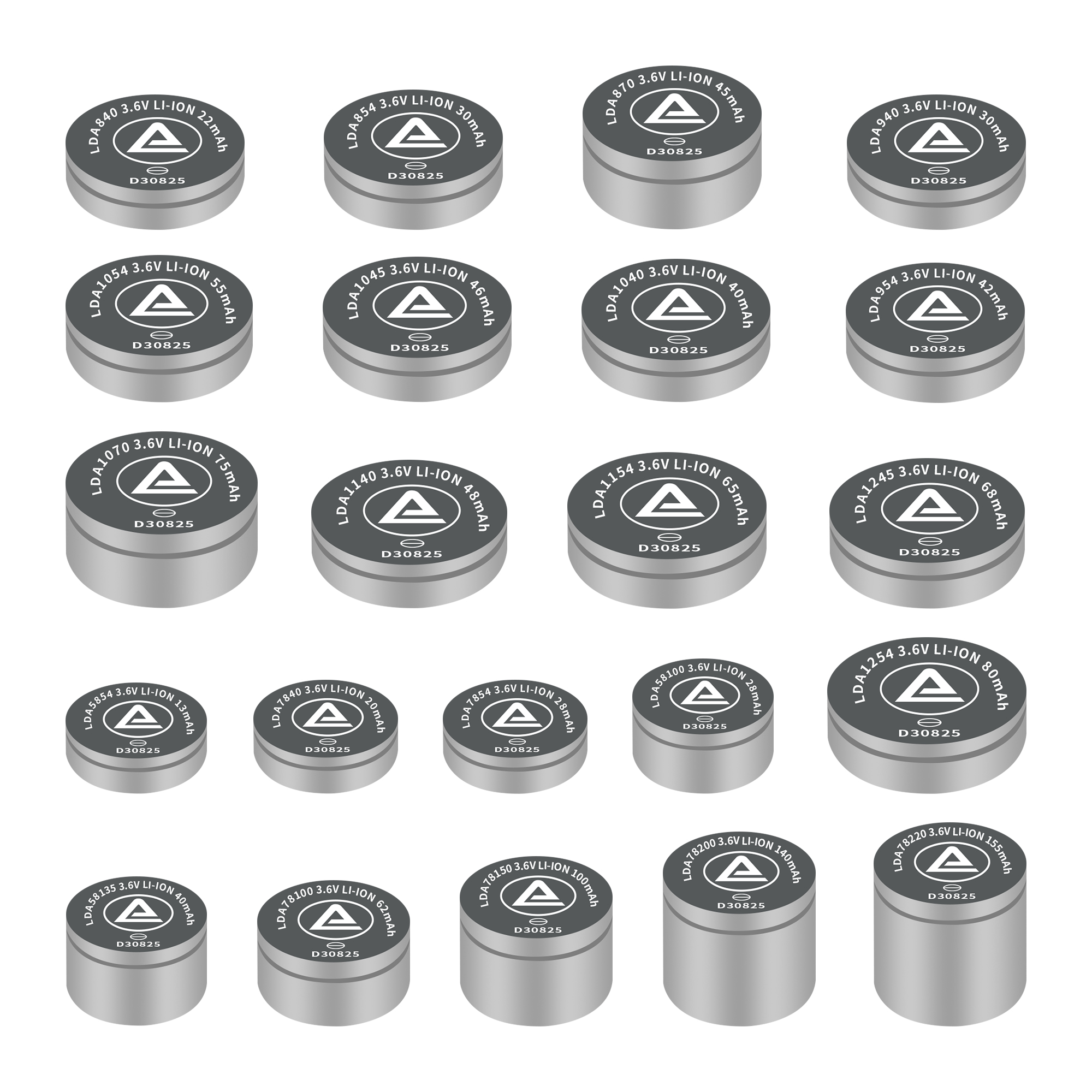In micro devices such as smart watches, calculators, and electronic thermometers, lithium-ion button batteries are like an ‘ energy heart ‘ with a diameter of less than a coin. These seemingly simple metal discs, but hidden within the precise combination of materials and engineering wisdom, through the regular migration of lithium ions, to provide lasting power for modern microelectronic devices.
The shell of lithium-ion button battery is usually made of stainless steel or nickel-plated steel, which is divided into two parts : positive shell and negative cover. The two are tightly interlocked by an insulating sealing ring to form a closed space with a diameter of about 5 to 25 mm and a thickness of only a few millimeters. This metal shell not only needs to resist external collisions, but also bears the pressure generated by internal chemical reactions. Engineers designed micron-depth explosion-proof lines on the surface of the shell. When the battery is overcharged or the internal pressure is abnormal due to high temperature, these lines will preferentially crack and guide the safe release of gas, thereby avoiding the risk of explosion.

In order to ensure safety, multiple protection mechanisms are also hidden in the battery design. A polymer material insulation ring is arranged between the positive and negative shell to prevent short circuit caused by metal contact. Flame retardants may be added to the electrolyte to improve thermal stability ; the charging voltage is strictly controlled within 4.2 V to avoid the collapse of the cathode structure caused by excessive lithium removal. These designs enable a standard CR2032 button battery to store more than 200 mA of power in less than 2 grams of mass, and the energy density is more than three times that of a conventional alkaline battery.
From metal shells to nanoscale electrode materials, each component of lithium-ion button batteries embodies the integration of material science and precision engineering. This kind of micro energy storage device with a diameter of less than 3 centimeters not only promotes the innovative development of wearable devices, medical instruments and other fields, but also shows the ultimate pursuit of human energy storage technology.